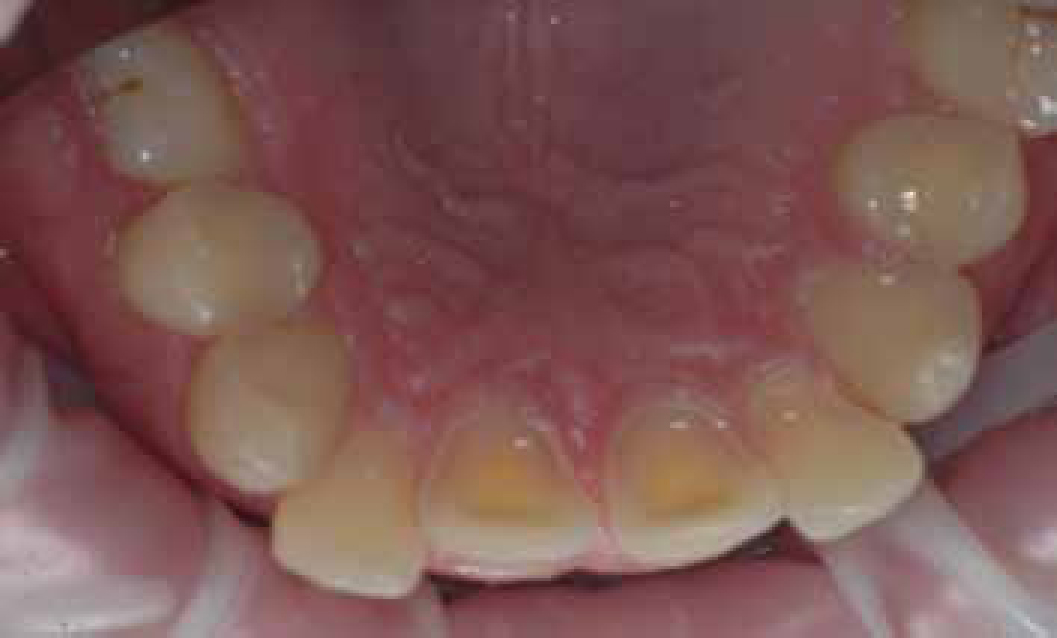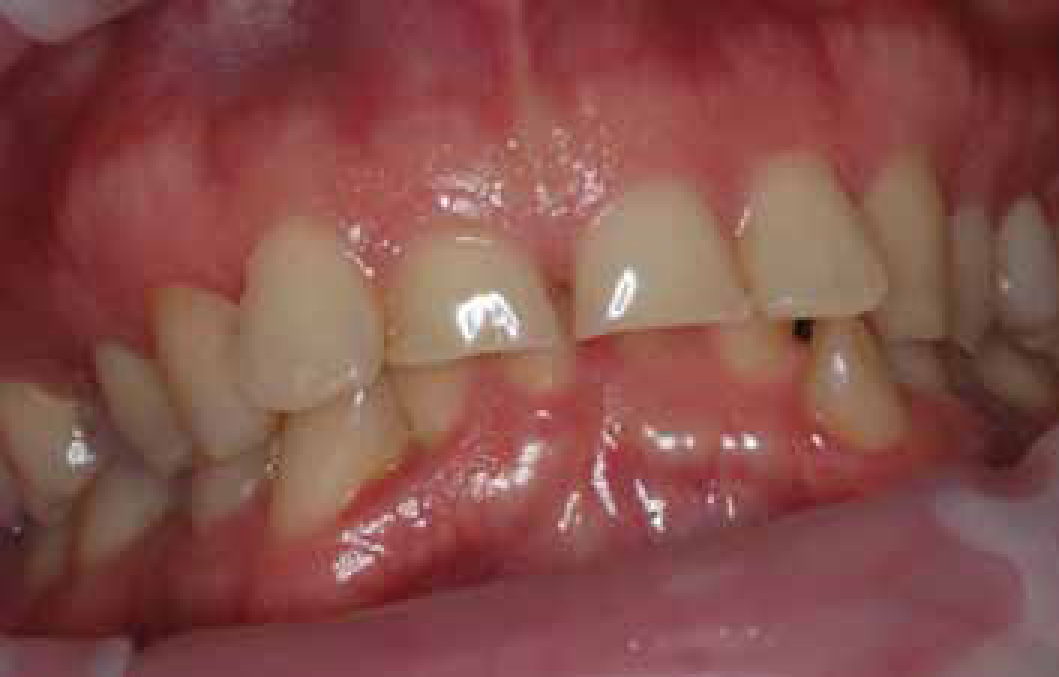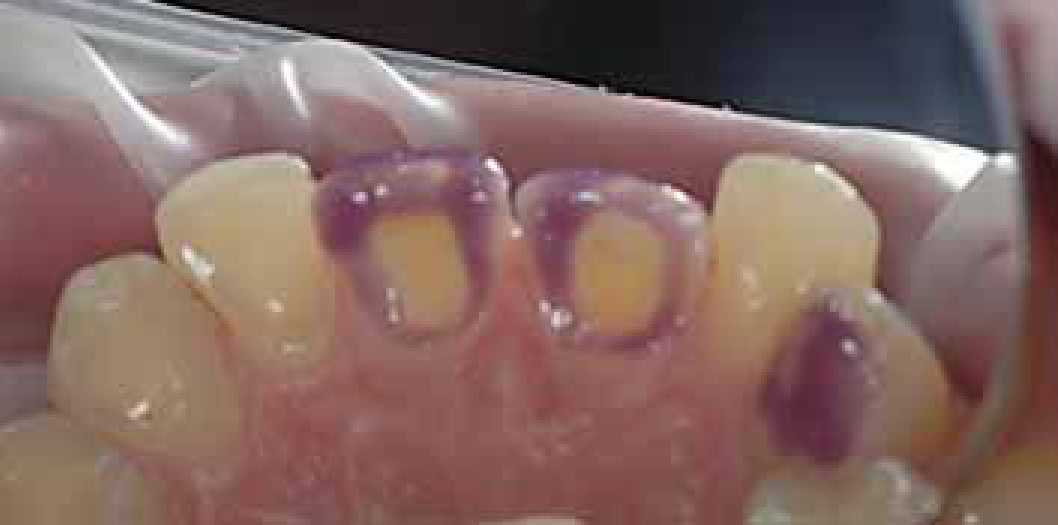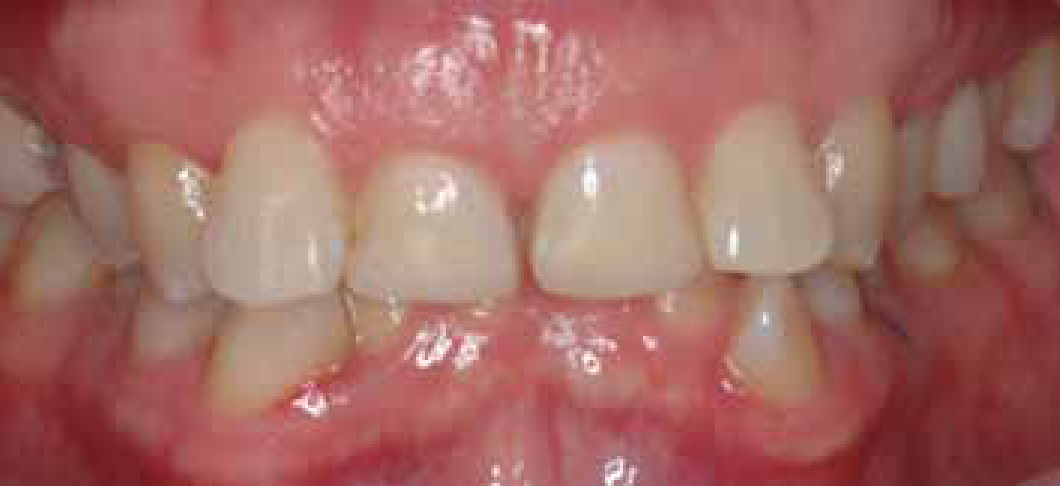Article
The arrival of the self-etch, or self-adhesive, dentine bonding agents (in which the bonding agent had a sufficiently low pH to do the etching as well as the bonding) appeared to herald the demise of etching and bonding using phosphoric acid. These materials demonstrated reduced levels of post-operative sensitivity, as it was impossible to over-etch the dentine.1 Early results demonstrated less than ideal levels of retention of non-retentive Class V cavities,2 but results of an 8-year clinical evaluation of 100 Class V restorations, retained using Clearil SE (Kuraray) were positive, with only two restorations being lost.3 Dentists became excited about the thought of not having to use phosphoric acid! However, closer examination of the paper indicated that phosphoric acid had been used to etch the enamel margins of half of the restorations, and those in the etch group exhibited better margin integrity, ie less staining. This is the new concept of selective enamel etching, adopted because the self-etch bonding agent may have a better bond to etched enamel than to unetched, but a better bond to unetched dentine than to etched dentine. It may be that this is the situation with many of these so-called self-etch bonding agents, but best check with the manufacturer. The illustrations (Figures 1–4) present the use of a bonding agent in the treatment of toothwear, using selective enamel etching. Not easy to perform – the clinician needs an etch gel with a finer tip than I used!




